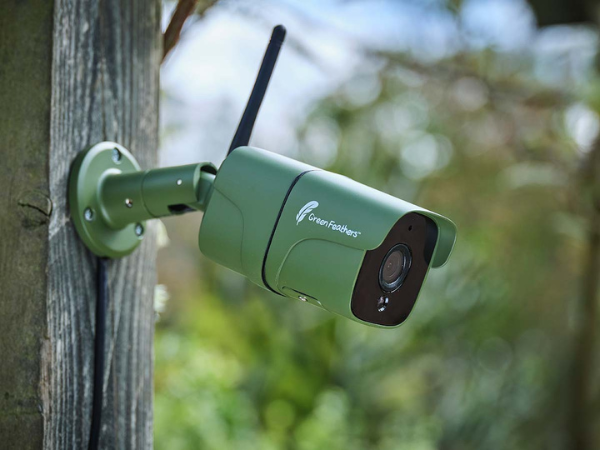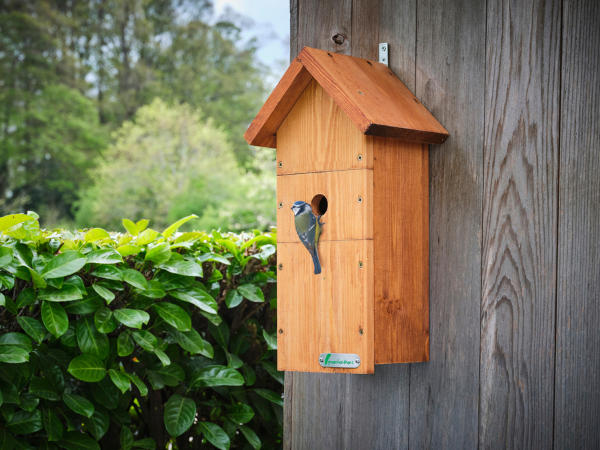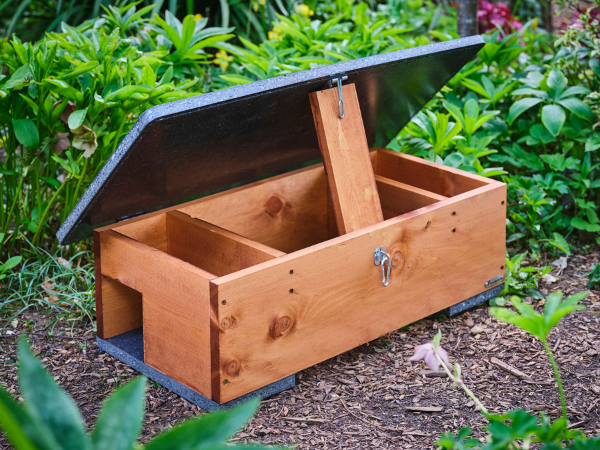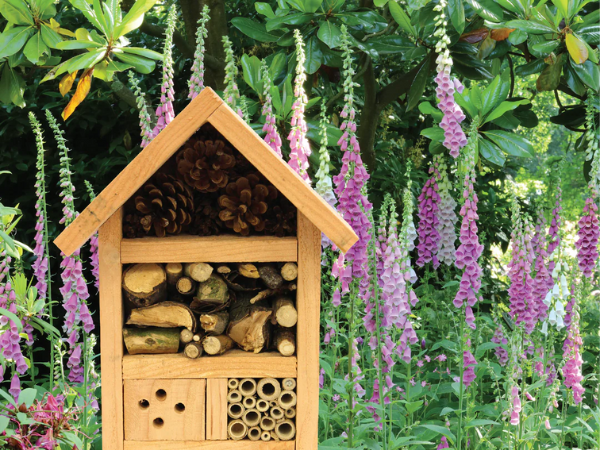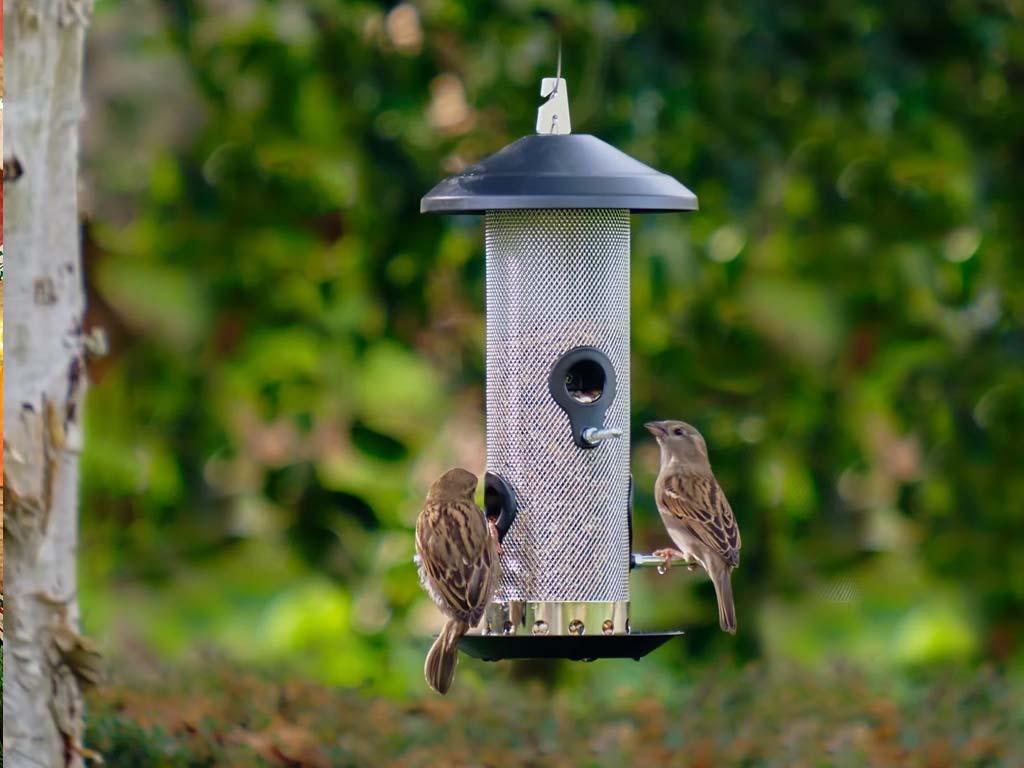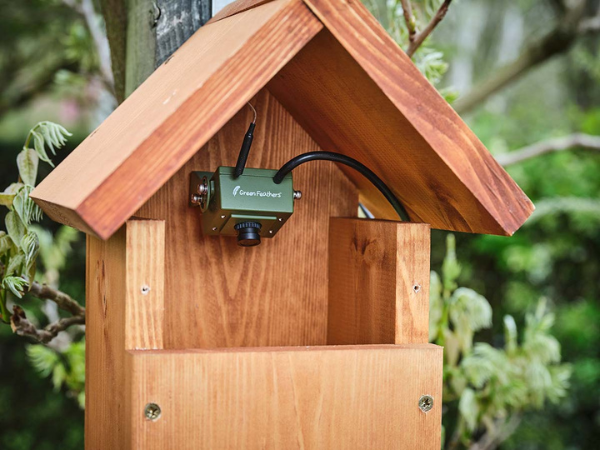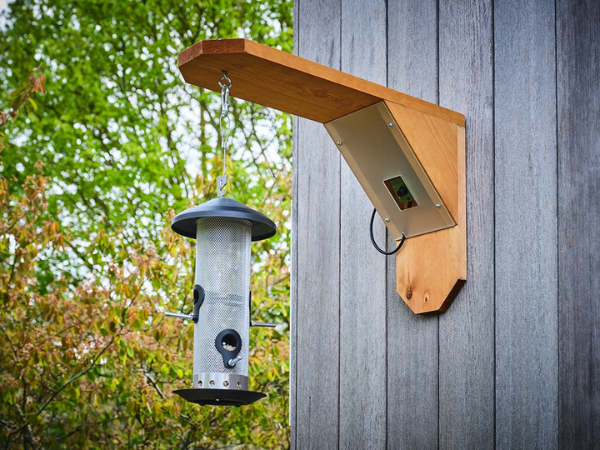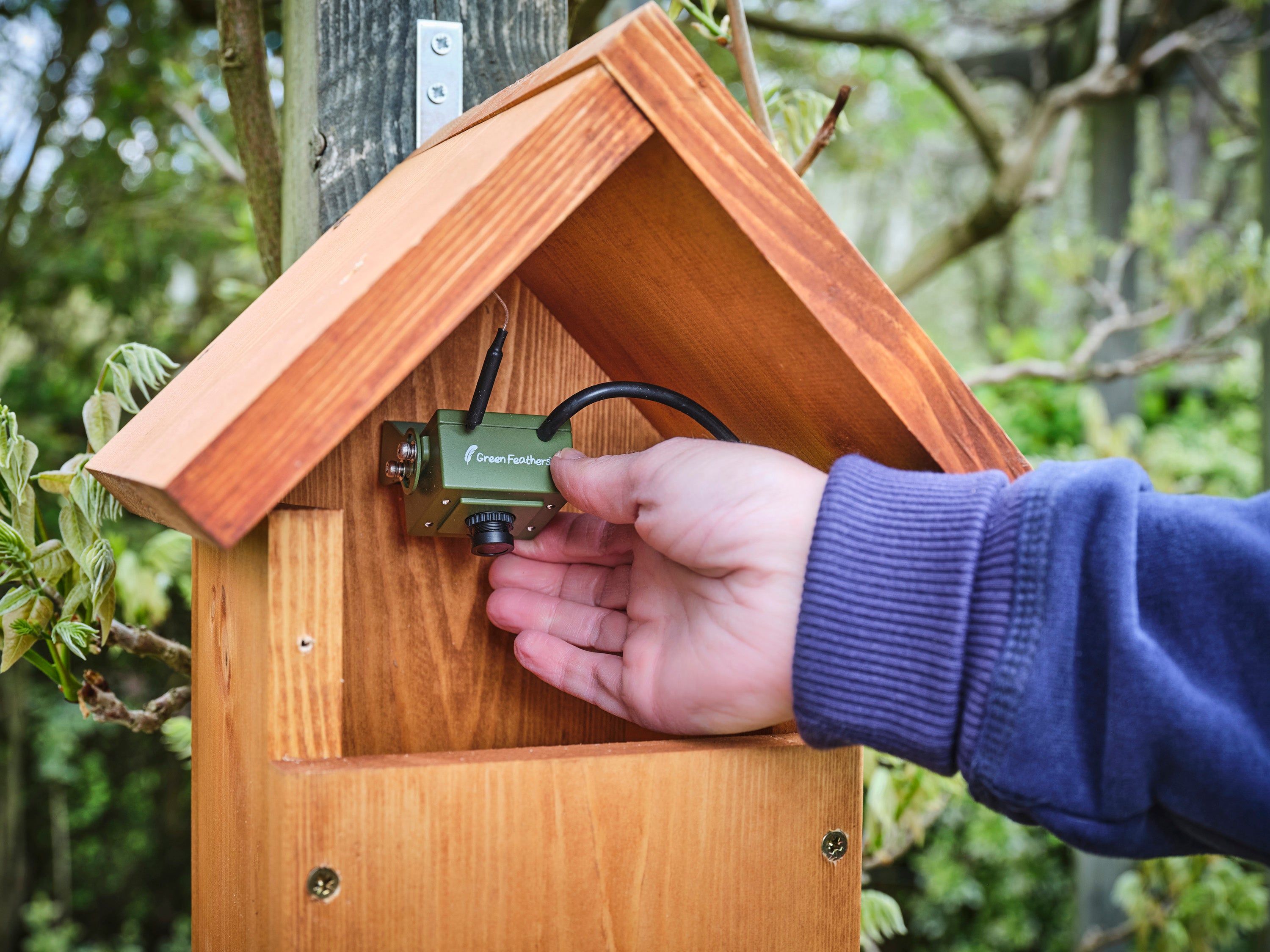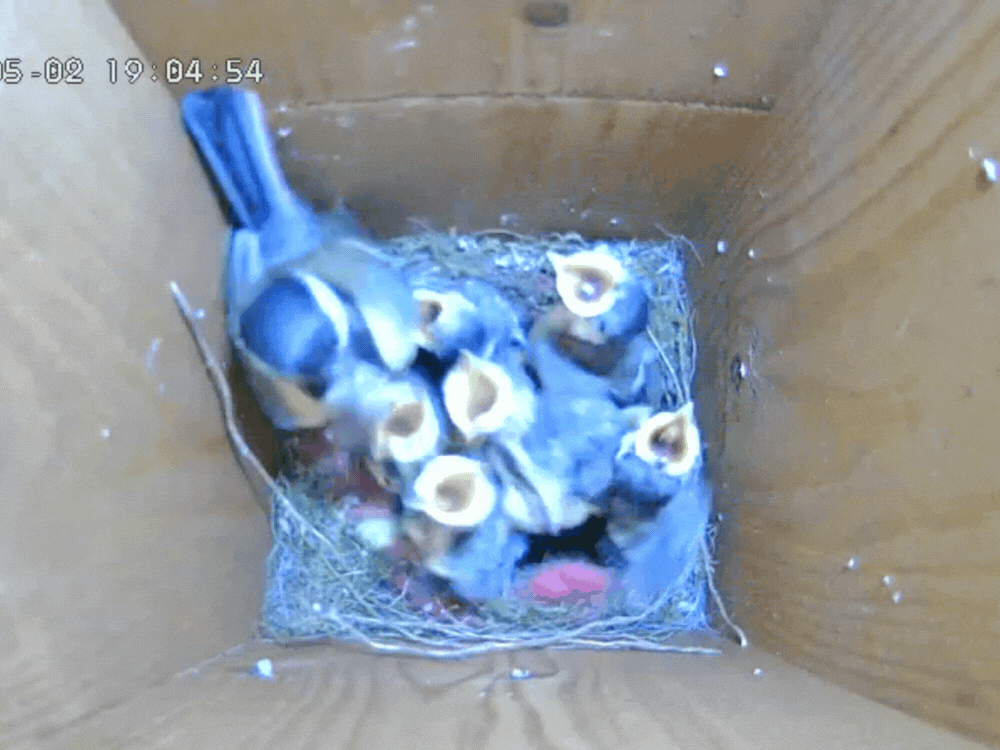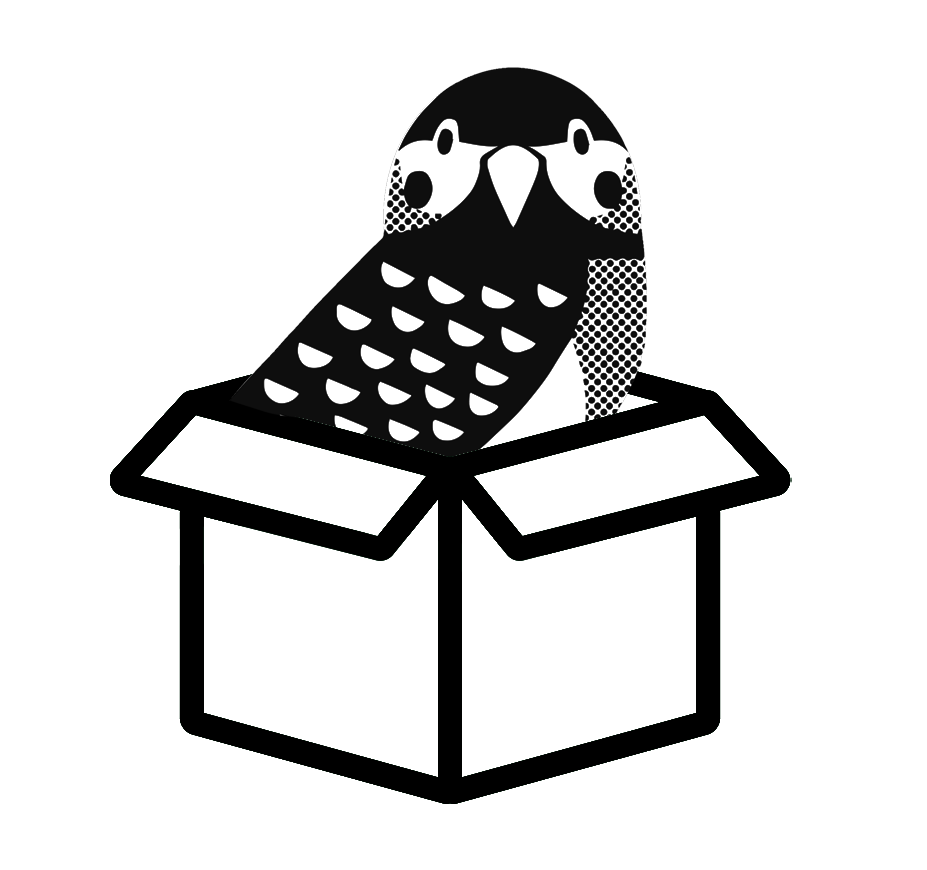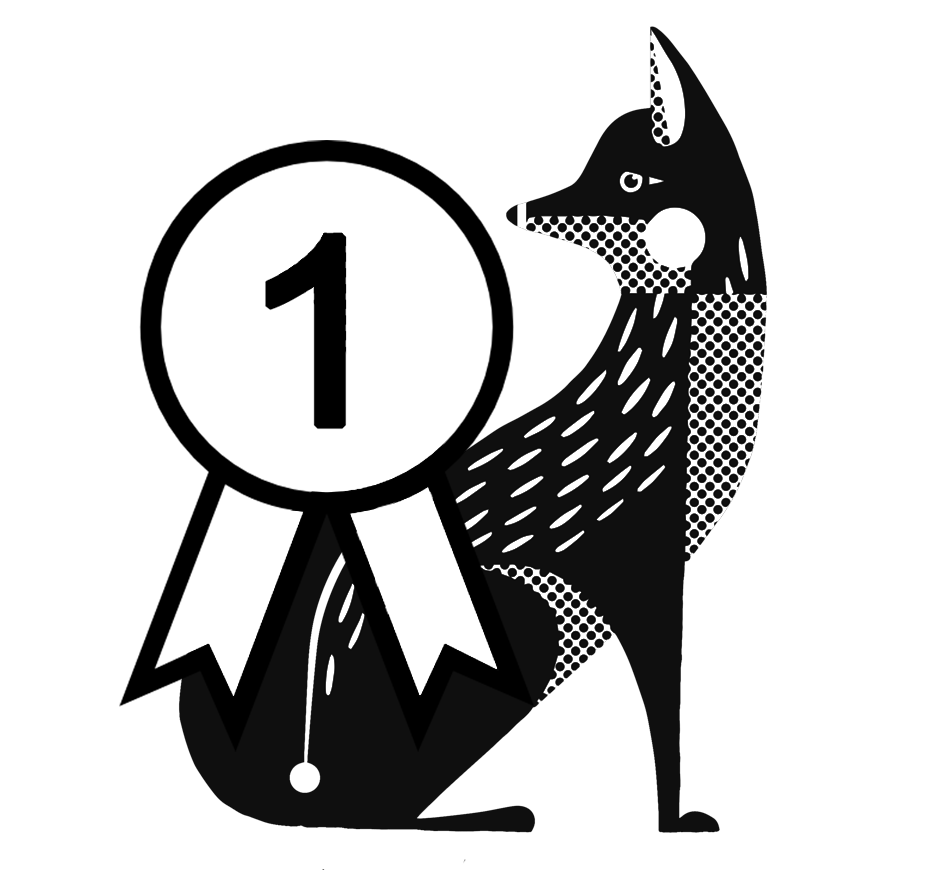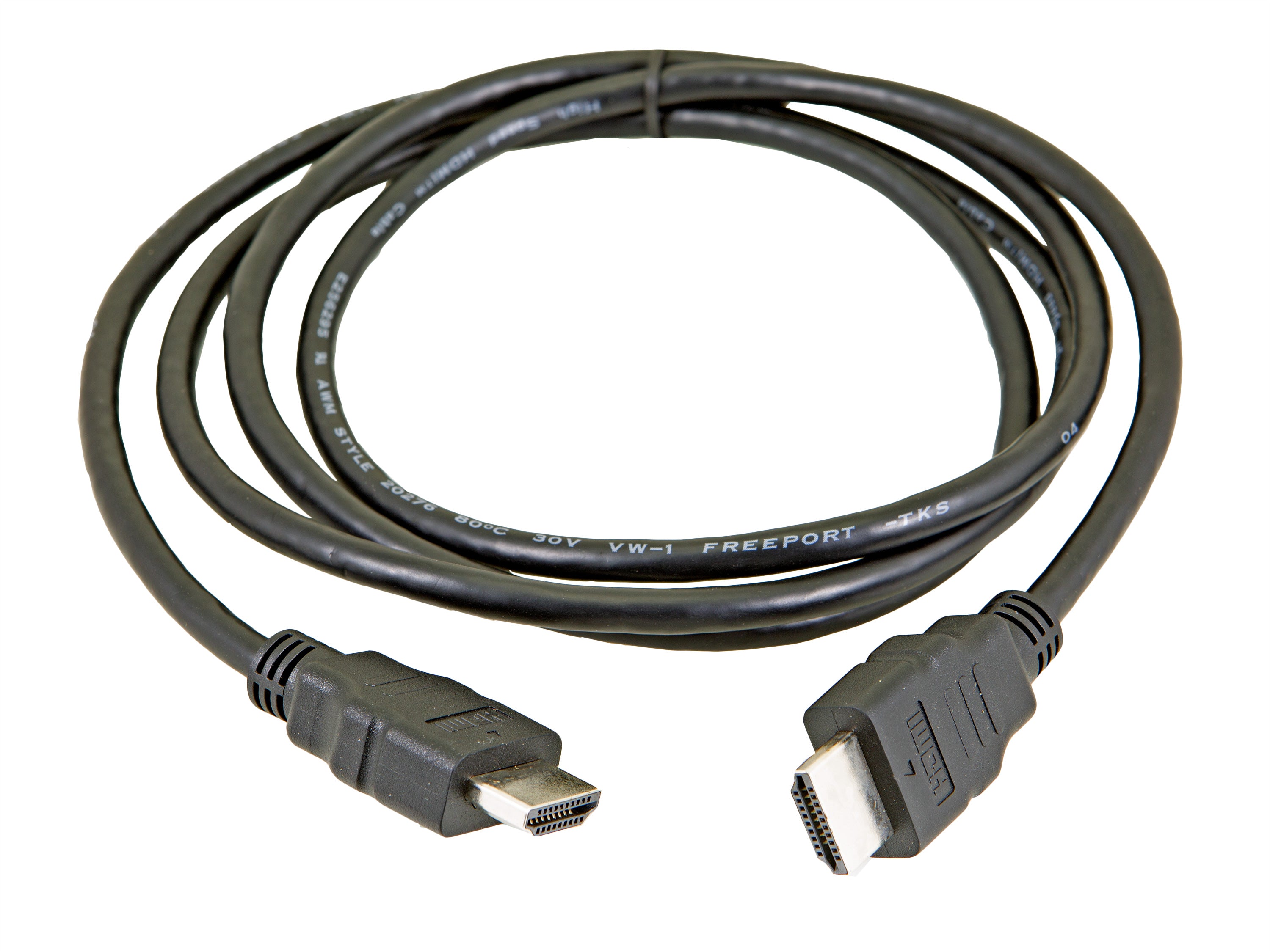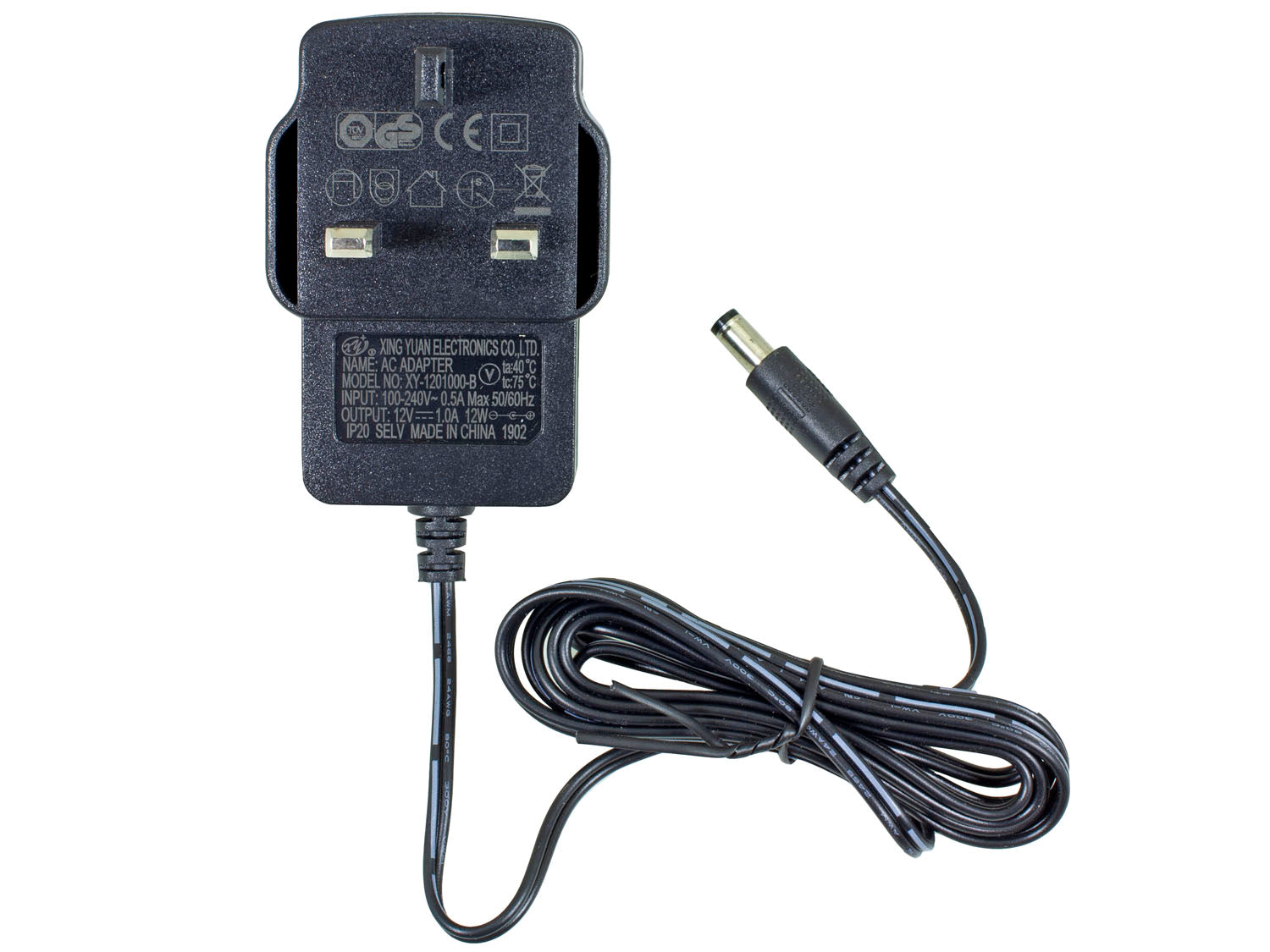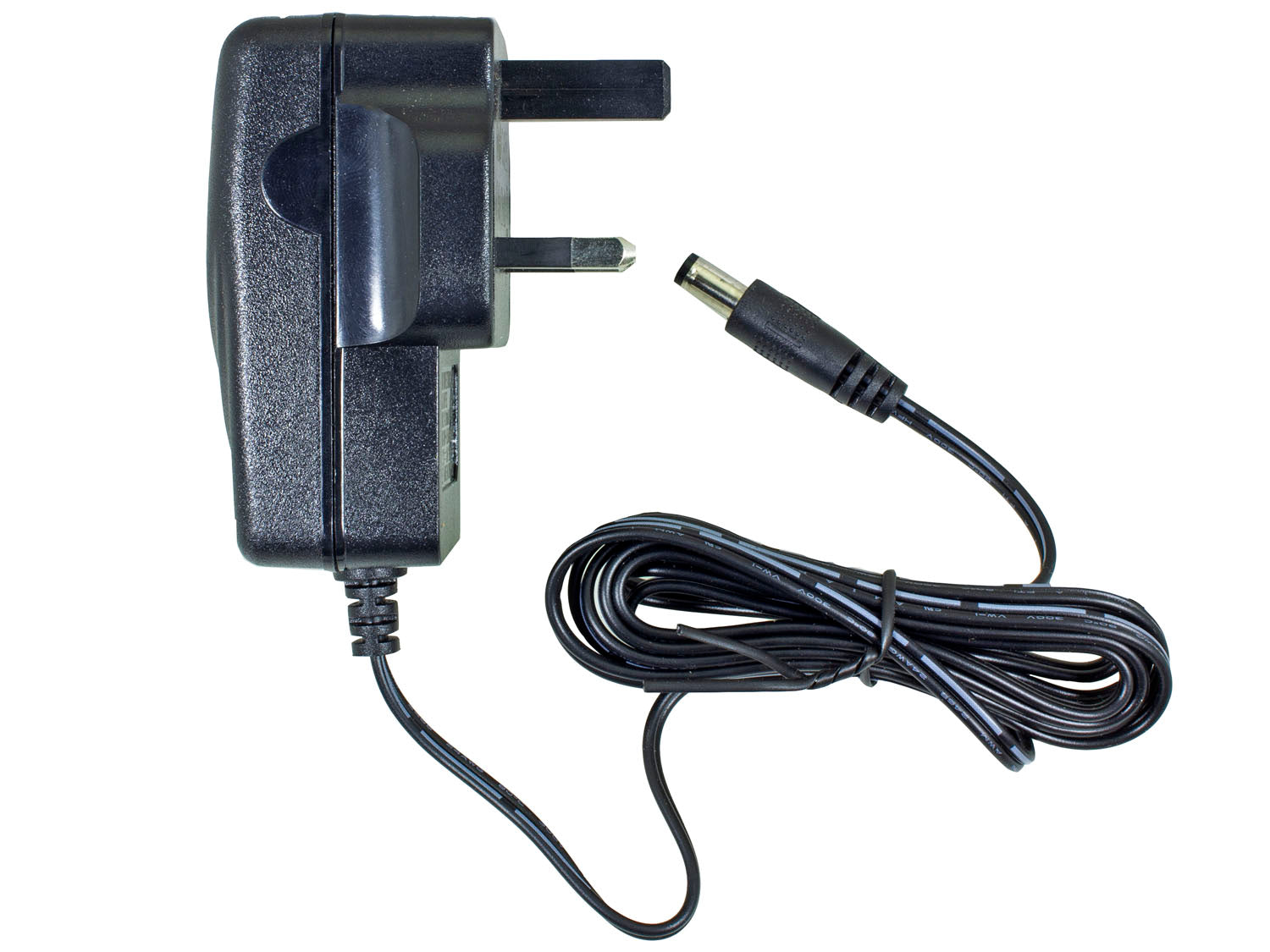Generally, bird nesting season in the UK starts around February and continues through to August, with most birds nesting between March and July. However, the nesting season for each bird species varies, and there are also many other factors affecting nesting times, including the weather, how long it takes the birds to build their nests, how long their chicks take to fledge, the age of each bird, and climate change.
So, when can you expect to see common types of birds in the UK nesting in your garden? Keep reading to find out about the early birds and the latecomers, and to also learn about how to encourage and protect birds nesting on your property.
When is nesting season in the UK and why is it so variable?

Bird nesting season typically runs from February to August in the UK, but you can even find birds nesting outside this period or throughout the year. These huge differences are mostly explained by the different bird species, their food requirements, and how they rear their young. For example, seed eaters tend to nest later on in the summer so that there are plenty of seeds available to feed their chicks, whereas birds that like to eat worms (like blackbirds) will nest earlier, since it’s easier to pull worms out of damp winter soil than hard-baked summer soil.
Nesting habits will also be affected by the weather conditions of each particular year, but with the growing influence of climate change, many birds are nesting earlier and earlier due to consistently warmer weather. In fact, according to the British Trust for Ornithology, the timing of bird breeding and migration has become earlier, with shifts in timing averaging one to three
days per decade. Whilst this can mean that some species have better survival rates due to less harsh winters, other bird species will be negatively impacted if their usual food sources aren’t abundantly available during their changed nesting season.
Early birds
So, who are the early birds? If you want to know what kinds of birds you’ll be spotting in your garden in winter and early spring, here are the top bird species building nests and laying their eggs at this time of year:
1. Crossbills
Falling outside the typical nesting season in the UK, these fiery-coloured members of the finch family aren’t afraid to buck the trend. Crossbills are mainly found in Scotland and begin their nesting season in January. This is because these seed-eating birds feed on conifer seeds from pine trees, which are available during the winter months.
2. Ravens
Is that a raven tapping at your chamber door? If it’s February, then there’s a good chance it is a raven nesting on your property!
Although Edgar Allan Poe saw this tapping raven as a symbol of death in his famous poem, late February is a time of new life for these beautiful birds. This makes ravens one of the earliest nesters in the UK, which is explained by the fact that ravens often select a mate for life, and therefore don’t need to waste time during nesting season looking for a mate.
3. Owls

Owls also tend to nest early in the springtime to take advantage of more abundant food. Plus, these birds aren’t big nest-builders, so this saves them time and allows them to nest earlier.
Tawny owls are one of the earliest nesting owls in the UK, choosing to lay their eggs by the end of March. Nesting early means they’ll be able to get more food because grass and vegetation is shorter at this time of year, making it easier for tawny owls to hunt small mammals like mice and voles.
Owls typically nest early because they don’t often build their own nests. For example, long-eared owls will use old nests created by other birds or convenient tree hollows, allowing them to nest in April. As suggested by their name, barn owls will often nest in agricultural buildings instead of building their own nests, laying their first clutch in late April.
4. Blackbirds
Blackbirds usually begin nesting around March. At this time, the soil is still pretty damp, making it easier for them to catch the food they need – worms – to feed themselves and their young. During the summer months, the ground can be too hard to get to worms easily, so it makes sense for blackbirds to stick to an earlier nesting routine. After all, the early bird catches the worm!
5. Long-tailed tits
While long-tailed tits start building their nests in February, they won’t be ready to lay their eggs until early April. This is because these little architects build amazing, complex nests that take weeks to be completed.
6. Grey herons
On the other hand, grey herons prefer to reuse old nests like owls. Herons often stay at the same breeding sites for generations; these are known as heronries. Grey herons arrive at their old nests around February to make repairs, but since their chicks take around eight weeks to fledge, they are still in the nest later than other species.
Summer nesters
Many birds in the UK nest early to take advantage of the available food sources in the springtime, but for other bird species, summer is a much more prosperous time. Here are these summer-loving birds:
1. Finches
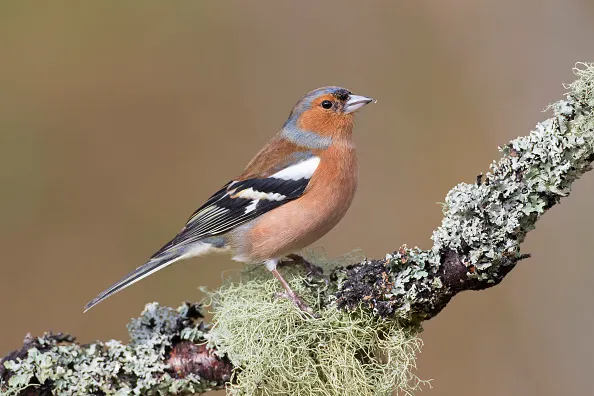
Credit: Arterra/Universal Images Group
Most members of the finch family (except for crossbills) will nest in the summer when they have access to more seeds – their main food source. For example, goldfinches nest around June, while greenfinches breed slightly earlier in April. Even though these birds start late, they can still raise two or three broods before nesting season is over.
2. Migrating birds
Birds that migrate to the UK for the summer will all start their nesting season a bit later than native birds because they’re busy travelling. These jet-setting birds include swallows, swifts, sparrows and martins, which nest around April or May before leaving in autumn at the end of their UK summer holiday. Plus, migrating birds like house martins feed on flying insects, which are more abundant in warmer months.
All-year-rounders
Although many birds stick to a specific nesting season depending on their food and nest-building requirements, some birds can nest throughout the year. A common example is the wood pigeon, which can eat a wide variety of foods and therefore can breed during any month.
In addition, an individual bird’s age can affect its nesting season, with older birds having a longer nesting period and typically having multiple broods. This is because older birds are more experienced and don’t need to spend as much time finding a suitable nest site, building a nest and finding a mate, allowing them to get started earlier and lay eggs for longer.
How to help nesting birds
If you’ve got some birds nesting in your garden, how can you ensure they stay undisturbed and have a successful nesting season? Here are our top tips:
1. Steer clear of their nests
Most importantly, you need to stay away from any bird nests you spot and any areas where you know birds are likely to want to nest, such as tree hollows. In the UK, it’s actually illegal to intentionally disturb or destroy a bird’s nest, or to take or injure any of the birds or eggs.
2. Avoid excessive gardening and pruning
If you’re a keen gardener, it’s best to leave the majority of your garden work to the winter and autumn months outside of the nesting season. Excessively pruning hedges during bird nesting season could cause you to accidentally disturb or destroy a nest. Plus, pruning during winter is better because the plants are dormant, so you’re less likely to damage the plant or cause plant diseases.
You should also be careful when mowing the grass, as some birds can nest on or near the ground.
3. Avoid construction work during bird nesting season
If possible, try to schedule construction work during winter and autumn, when nesting season is over. Many birds will try to nest on rooftops or in buildings like barns and sheds, so construction work at this time could disturb them.
4. Provide extra food and water
Nesting season is a taxing time for birds, so leaving out some bird food in a bird feeder and fresh water in a bird bath is always helpful – as long as you try to not get too close to them while they’re drinking and feeding.
5. Leave nesting materials
Birds will choose to build their nests in convenient, safe places where they have access to plenty of building materials. To make your garden more appealing, leave out materials like moss, leaves, feathers, twigs and even pet hair for birds to use. While you may be proud of a tidy garden, birds prefer a bit of clutter!
6. Get a nesting box
Why not go one step further and provide a ready-made nest for birds to use? This can be particularly appealing to birds like owls that don’t often build their own, so installing a bird nesting box is a great way to attract owls into your garden this nesting season.
Here at Green Feathers, our high-quality bird boxes are perfect for your flying friends, featuring sturdy wooden panels to provide a safe habitat that will last for many years to come. Plus, you can install one of our bird box cameras to capture amazing footage of nesting birds and their chicks. Check out our range of wildlife cameras today, or discover our blog for more wildlife watching tips.



